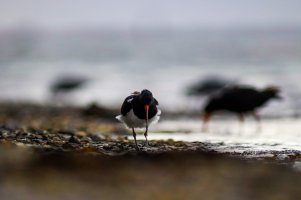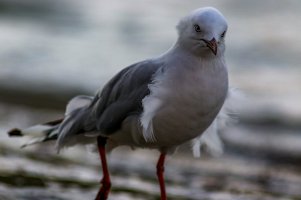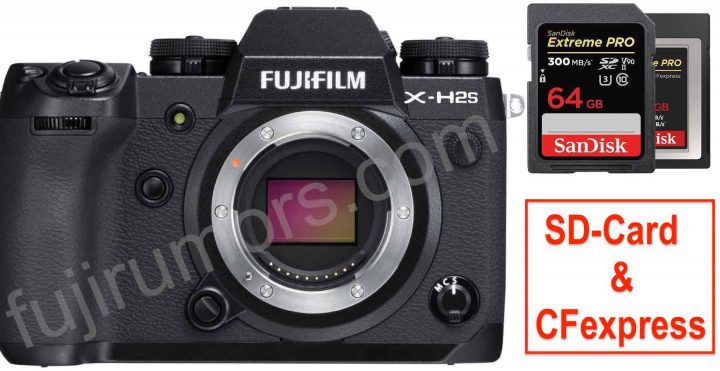I think you're confused about focal length reducers (speed boosters) , they're the opposite of tele convertors (focal length extenders) so they simply reduce the focal length of a lenses instead of increasing it.All a speed booster does is to put a magnifying glass at the end of your lens and reduce its focal length and f-number by the same amount. You are a nature photographer, so look at it this way. Suppose you take a photo of a square duck with your 400mm f/4 lens and it makes an image of the duck at say a 10mm x 10mm on the sensor, and the square contains say 10 Mpx and a 1000 photons hitting every second. Put a 0.71x speed booster on the lens to make it 284mm f/2.84 lens. The size of the image is now 7.1mm x 7.1mm, and contains only 5 Mpx, but still has 1000 photons/second hitting it. The image is now twice as bright and so you can increase the shutter speed 2x to get the same exposure as before. But, that's no advantage in the signal to noise of the image as you reduce the amount of light captured during the exposure two fold. If you take the speed doubler off you can also double the speed and double the iso and capture the same amount of light during the exposure. In this situation, all the speed doubler is doing for you is to give you a 5 Mpx image instead of a 10 Mpx without any gain of signal to noise. So, if you are reach limited, then the speed doubler is a true disadvantage.
On the other hand, if what you want is a wider field of view, then the speed doubler will do that for you. It is totally misleading to call these things speed doublers, they should be called field of view doublers.
Just as a 1.4x T.C increases the focal length and decreases the aperture by one stop by diverging the light rays a 0.71 Focal Length Reducer decreases the focal length and increases the aperture by one stop by converging the light rays.
In both cases the entrance pupil of the lens is still the same but because the focal length has changed so has the aperture.
For my 400mm f/2.8 if I use a 1.4x convertor the focal length has become 565.68mm but the entrance pupil is unchanged at 143mm so the lens is now f/4 as 565.68 /143 = f/4
If I use a 0.7071 focal length reducer then the focal length becomes 283mm and the entrance pupil is still 143mm so the lens is now f/2 because 283/143 = f/2 but when mounted to a FF camera we get heavy hard vignetting (port holing) so instead use a crop sensor camera such as the R7 and the sensor nearly matches (it's a bit smaller) the smaller image circle and the fov is now equivalent to 282.8427 x 1.6162 = 457.13mm but the f number is still f/2 and the crop factor is only 1.1428 instead of 1.6162
Of course adding extra lens elements degrades the IQ slightly (same as T.Cs) but the increase in light as a result of modifying the focal length is a real thing increasing the aperture by one stop and reducing the 1.6x fov crop factor to 1.14x
So with a 0.71 Focal Length Reducer adapter my EF400mm f/2.8 becomes a 283mm f/2 with a fov equivalent to a FF focal length of 457mm when attached to a 1.6x crop mirrorless camera such as an M6ii or an R7 and both cameras still have a resolution of 32.5 mp but an R5 in crop mode would have only 17mp
Some videos Best explanation is this one: Cheers
Last edited:
Upvote
0




